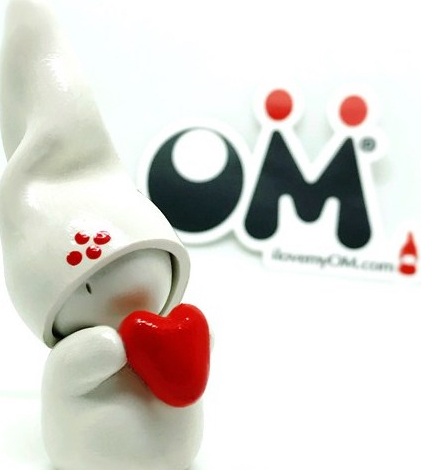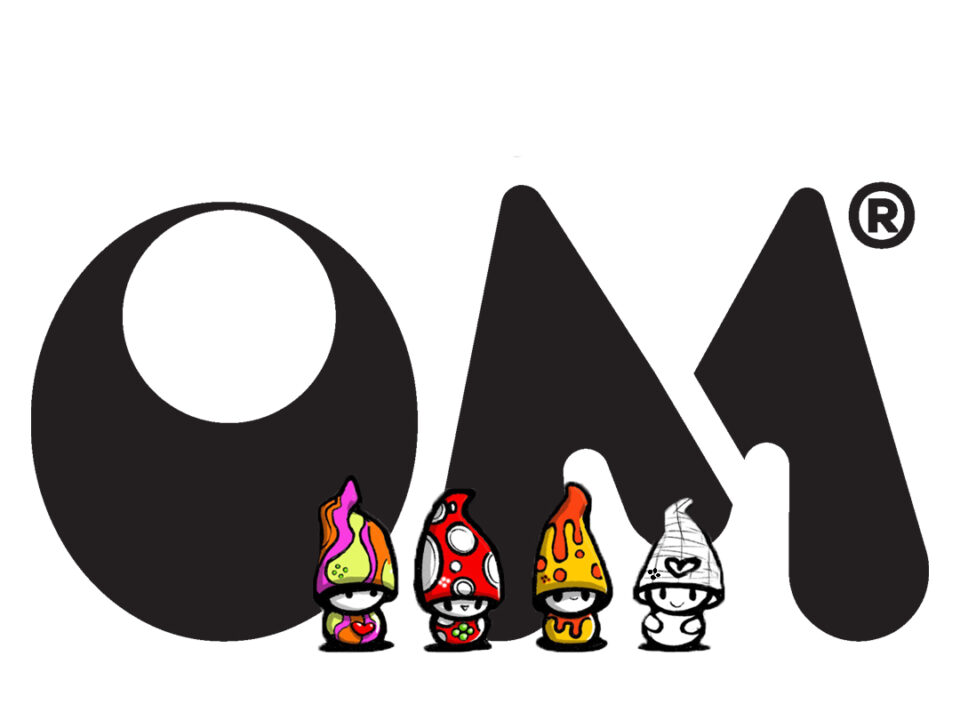Tim BurtOM
May 10, 2011Team George
May 18, 2011 In 1883, in an attempt to stop rats ravaging their crops, the Hawaiian authorities introduced the Indian mongoose to their lush islands.
In 1883, in an attempt to stop rats ravaging their crops, the Hawaiian authorities introduced the Indian mongoose to their lush islands.
Just over 50 years later, tens of thousands of cane toads – native to Central and South America – travelled to Australia as the Government there looked for a radical solution to stop beetles devastating the Queensland sugar harvest.
Fast forward to the 1970s and the Asian lady beetle – found, in its natural habitat, in China, Japan, Mongolia and Taiwan – was released in North America in an attempt to control plant pests.
There is a connection here, and it is this: in all these cases, manufactured migration failed. The British tycoon Sir Richard Branson, planning to re-home Madagascan lemurs in the Caribbean, should take note.
In Hawaii, the rats survived and continued to eat the crops, and the mongoose devastated the local bird population.
In Australia, the beetles still eat the sugar cane but the toads, their numbers in millions these days, have had a negative impact on local species and present a danger to people, pets and wildlife with their potent poison.
In North America, the Asian lady beetle now out-competes – and more worryingly, threatens – the native ladybug and has itself become a recognised agricultural pest, contaminating fruit and grape crops in several states. It is no wonder conservationists in the Caribbean are concerned.
To continue with the plan to introduce the lemurs to Moskito Island, a tropical paradise deep in the British Virgin Islands, they believe, is to risk repeating past mistakes. Grave mistakes.
You might wonder why we’re telling you all this. Trust us, we have our reasons.
The first is that it taps right into the heart of philosophies that underpin our work here in Saunderstown – highlighting how important it is for us to understand and appreciate our environment. It demonstrates, above all, that we need to think about where we live and the things around us, that we must be considerate and respect the needs of others.
There’s always a balance. In life as in nature, things, people – pests, even – are there for a reason. Living side-by-side, in harmony, finding a way, a path together.
Co-existence is the answer, which leads us to our second point.
If migration is your thing, there is one species, and one species alone that can be trusted to travel into new surroundings, to thrive and prosper, to give and not to take away, to adapt, to flourish.
It is a species that will not upset its new environment but enhance it.
That species is the OM, for the OM can find a home anywhere, the OM is sympathetic. Be it around the corner or around the world, OMs are migrating.
But OMs are not taking over, it’s not in their nature.
The OM threatens not, the OM improves.
The OM can settle, the OM can complement – no matter the continent, no care for the country, the OM is the example, the OM is the solution, for the OM’s universal.
So if you have a problem, please don’t send a mongoose or a toad and please leave those poor beetles and lemurs alone. Instead, send an OM. That’s what they’re for, after all.
Send an OM because an OM can connect and connected, the planet can be a better place.
Join our blog!
‘Like’ us on facebook
Follow us on Twitter
Find OMs at ilovemyOM.com



